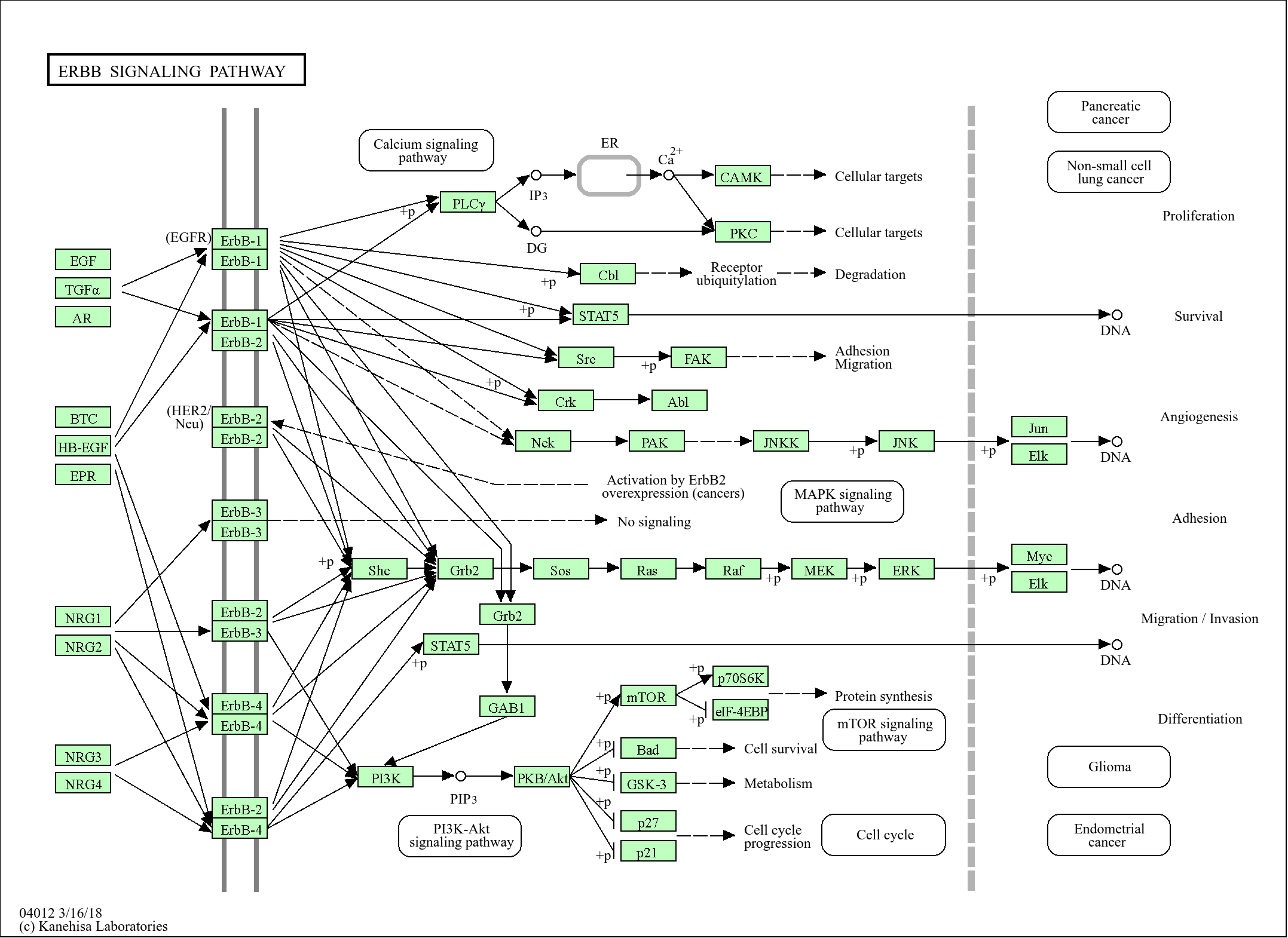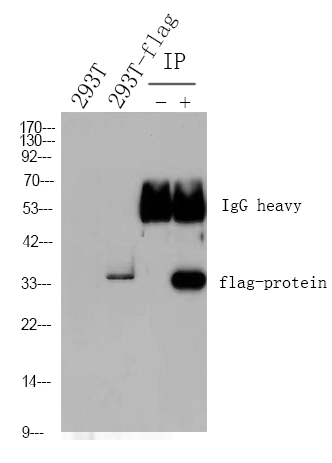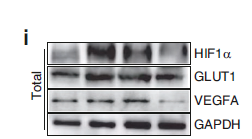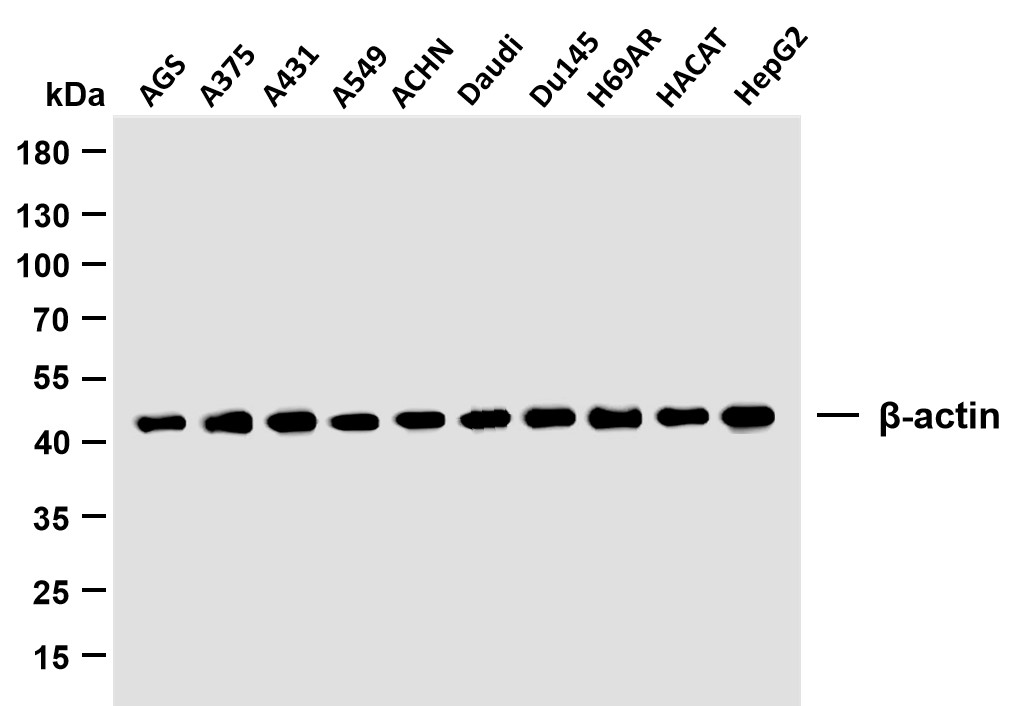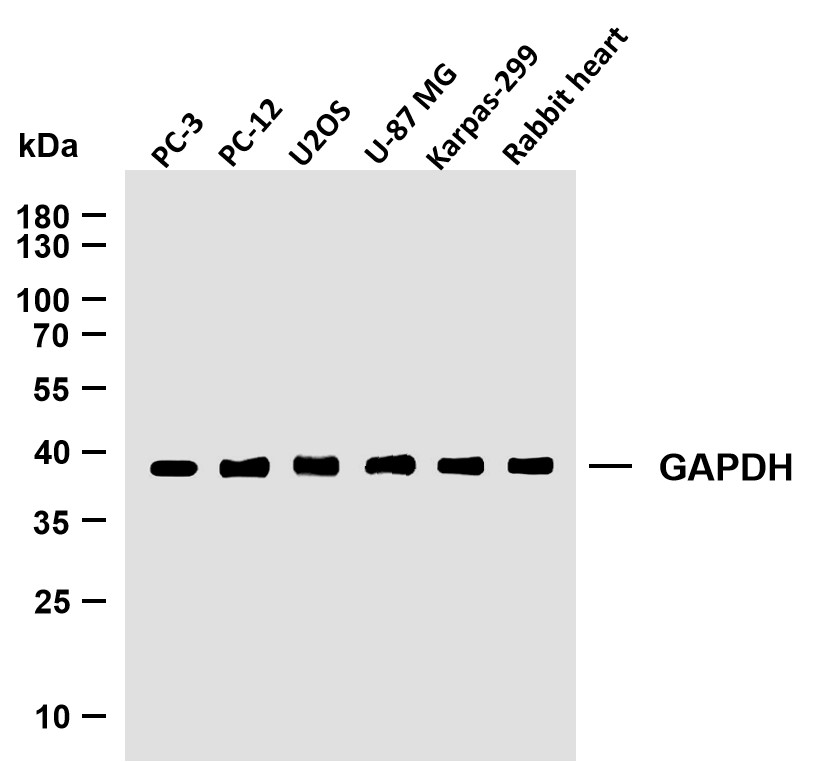
Catalog: YT5197
Size
Price
Status
Qty.
200μL
$450.00
In stock
0
100μL
$280.00
In stock
0
40μL
$150.00
In stock
0
Add to cart


Collected


Collect
Main Information
Target
CYPA
Host Species
Rabbit
Reactivity
Human, Mouse, Rat
Applications
WB, IHC, IF, ELISA
MW
18kD (Observed)
Conjugate/Modification
Unmodified
Detailed Information
Recommended Dilution Ratio
WB 1:500-1:2000; IHC: 1:100-300; ELISA 1:20000; IF 1:50-200
Formulation
Liquid in PBS containing 50% glycerol, 0.5% BSA and 0.02% sodium azide.
Specificity
CyPA Polyclonal Antibody detects endogenous levels of CyPA protein.
Purification
The antibody was affinity-purified from rabbit antiserum by affinity-chromatography using epitope-specific immunogen.
Storage
-15°C to -25°C/1 year(Do not lower than -25°C)
Concentration
1 mg/ml
MW(Observed)
18kD
Modification
Unmodified
Clonality
Polyclonal
Isotype
IgG
Related Products
Antigen&Target Information
Immunogen:
The antiserum was produced against synthesized peptide derived from the Internal region of human PPIA. AA range:51-100
show all
Specificity:
CyPA Polyclonal Antibody detects endogenous levels of CyPA protein.
show all
Gene Name:
PPIA
show all
Protein Name:
Peptidyl-prolyl cis-trans isomerase A
show all
Other Name:
PPIA ;
CYPA ;
Peptidyl-prolyl cis-trans isomerase A ;
PPIase A ;
Cyclophilin A ;
Cyclosporin A-binding protein ;
Rotamase A
CYPA ;
Peptidyl-prolyl cis-trans isomerase A ;
PPIase A ;
Cyclophilin A ;
Cyclosporin A-binding protein ;
Rotamase A
show all
Database Link:
Background:
This gene encodes a member of the peptidyl-prolyl cis-trans isomerase (PPIase) family. PPIases catalyze the cis-trans isomerization of proline imidic peptide bonds in oligopeptides and accelerate the folding of proteins. The encoded protein is a cyclosporin binding-protein and may play a role in cyclosporin A-mediated immunosuppression. The protein can also interact with several HIV proteins, including p55 gag, Vpr, and capsid protein, and has been shown to be necessary for the formation of infectious HIV virions. Multiple pseudogenes that map to different chromosomes have been reported. [provided by RefSeq, Jul 2008],
show all
Function:
Catalytic activity:Peptidylproline (omega=180) = peptidylproline (omega=0).,enzyme regulation:Binds cyclosporin A (CsA). CsA mediates some of its effects via an inhibitory action on PPIase.,Function:PPIases accelerate the folding of proteins.,Function:PPIases accelerate the folding of proteins. It catalyzes the cis-trans isomerization of proline imidic peptide bonds in oligopeptides.,online information:Cyclophilin entry,similarity:Belongs to the cyclophilin-type PPIase family.,similarity:Belongs to the cyclophilin-type PPIase family. PPIase A subfamily.,similarity:Contains 1 PPIase cyclophilin-type domain.,subunit:Interacts with HIV-1 Capsid protein.,
show all
Cellular Localization:
Cytoplasm . Secreted . Nucleus . Secretion occurs in response to oxidative stress in vascular smooth muscle through a vesicular secretory pathway that includes Rho GTPase signaling, actin remodeling, and myosin II activation. .
show all
Tissue Expression:
Research Areas:
>>Viral life cycle - HIV-1 ;
>>Necroptosis
>>Necroptosis
show all
Signaling Pathway
Reference Citation({{totalcount}})
Catalog: YT5197
Size
Price
Status
Qty.
200μL
$450.00
In stock
0
100μL
$280.00
In stock
0
40μL
$150.00
In stock
0
Add to cart


Collected


Collect
Recently Viewed Products
Clear allPRODUCTS
CUSTOMIZED
ABOUT US
Toggle night Mode
{{pinfoXq.title || ''}}
Catalog: {{pinfoXq.catalog || ''}}
Filter:
All
{{item.name}}
{{pinfo.title}}
-{{pinfo.catalog}}
Main Information
Target
{{pinfo.target}}
Reactivity
{{pinfo.react}}
Applications
{{pinfo.applicat}}
Conjugate/Modification
{{pinfo.coupling}}/{{pinfo.modific}}
MW (kDa)
{{pinfo.mwcalc}}
Host Species
{{pinfo.hostspec}}
Isotype
{{pinfo.isotype}}
Product {{index}}/{{pcount}}
Prev
Next
{{pvTitle}}
Scroll wheel zooms the picture
{{pvDescr}}

